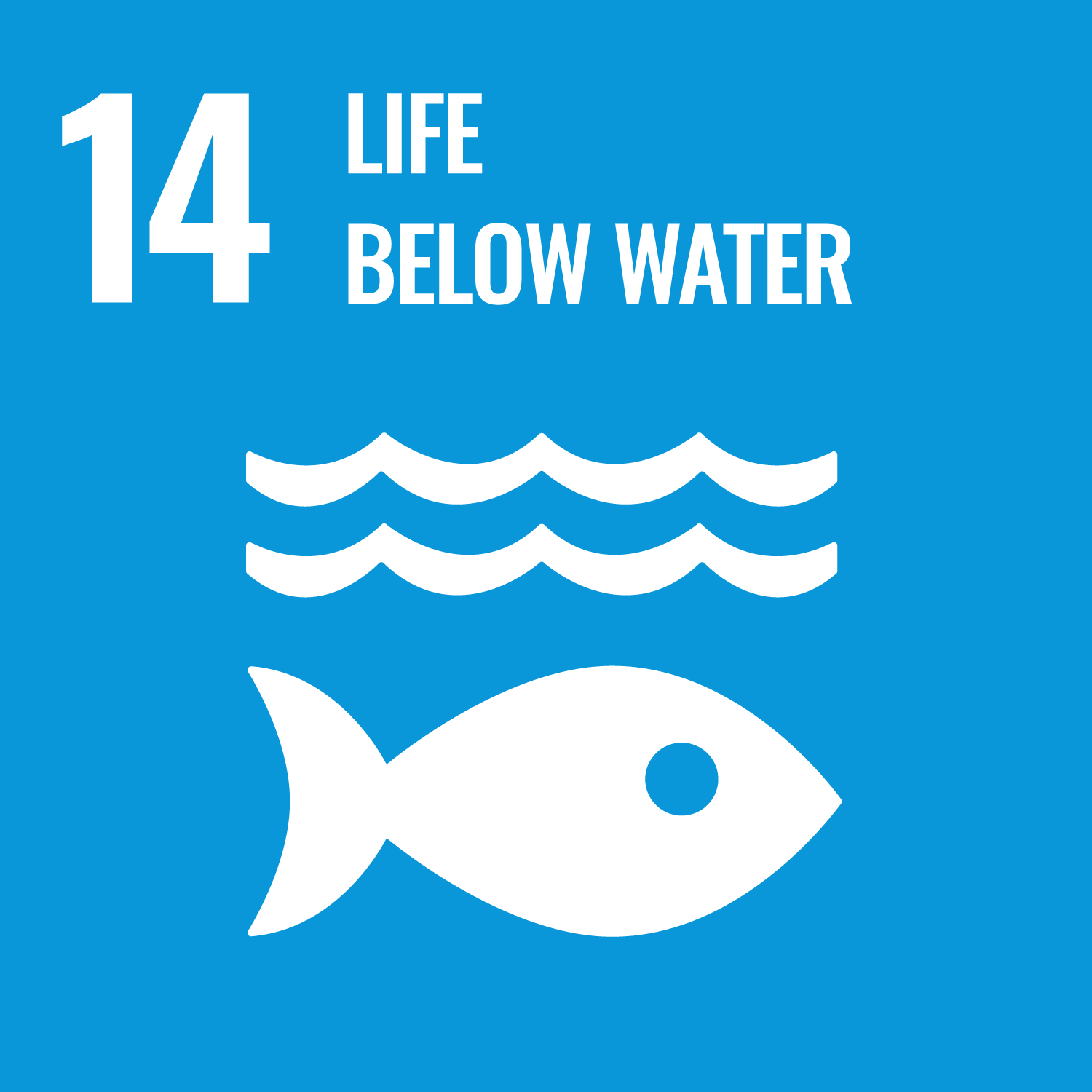ORCID
- Steven J. Rowland: 0000-0003-4980-0618
Abstract
Naphthenic acids (NAs) are among the most toxic organic pollutants present in oil sands process waters (OSPW) and enter marine and freshwater environments through natural and anthropogenic sources. We investigated the effects of the acid extractable organic (AEO) fraction of OSPW and individual surrogate NAs, on maximum photosynthetic efficiency of photosystem II (PSII) (FV/FM) and cell growth in Emiliania huxleyi and Chlorella vulgaris as representative marine and freshwater phytoplankton. Whilst FV/FM in E. huxleyi and C. vulgaris was not inhibited by AEO, exposure to two surrogate NAs: (4'-n-butylphenyl)-4-butanoic acid (n-BPBA) and (4'-tert-butylphenyl)-4-butanoic acid (tert-BPBA), caused complete inhibition of FV/FM in E. huxleyi (≥10 mg L(-1)n-BPBA; ≥50 mg L(-1)tert-BPBA) but not in C. vulgaris. Growth rates and cell abundances in E. huxleyi were also reduced when exposed to ≥10 mg L(-1)n- and tert-BPBA; however, higher concentrations of n- and tert-BPBA (100 mg L(-1)) were required to reduce cell growth in C. vulgaris. AEO at ≥10 mg L(-1) stimulated E. huxleyi growth rate (p ≤ 0.002), yet had no apparent effect on C. vulgaris. In conclusion, E. huxleyi was generally more sensitive to NAs than C. vulgaris. This report provides a better understanding of the physiological responses of phytoplankton to NAs which will enable improved monitoring of NA pollution in aquatic ecosystems in the future.
DOI Link
Publication Date
2015-12-12
Publication Title
Chemosphere
Volume
145
ISSN
0045-6535
Acceptance Date
2015-11-15
Embargo Period
2016-12-13
First Page
416
Last Page
423
Recommended Citation
Beddow, J., Johnson, R., Lawson, T., Breckels, M., Webster, R., Smith, B., Rowland, S., & Whitby, C. (2015) 'The effect of oil sands process-affected water and model naphthenic acids on photosynthesis and growth in Emiliania huxleyi and Chlorella vulgaris.', Chemosphere, 145, pp. 416-423. Available at: 10.1016/j.chemosphere.2015.11.046


